Skateboarding is one of the most difficult sports to learn and get good at. There are so many different moving parts and so many steps to learn before you can even get the basics down.
It takes much more than desire – you have to continually work at it to train your mind and body to become a skateboarder.
The Reasons Skateboarding Seems Hard
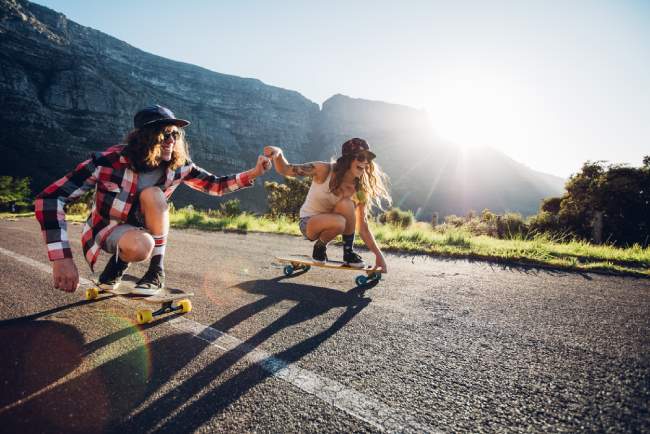
Patience
Skateboarding requires so much patience. It can take years of practice to become good at it.
You have to prepare yourself mentally knowing it’s a slower learning process and that you will make mistakes. But you learn from your mistakes, so you have to be patient with yourself in the process.
Rolling along getting hung up on grit
Even after getting your balance down, you’ll still have a hard time with it rolling along the road. Your plastic wheels will hit the grit in the road and you’ll need to learn how to maneuver your body to keep your balance when that happens.
Neural path brain development
Skateboarding isn’t just a physical sport. Your brain needs time to process and retain the specific neural paths used when you skateboard.
This sport stimulates your brain with the exercise it’s getting and your brain will function differently with the different movements. Give your brain some time to adjust to this.
Sometimes you already know the tips
People search too much for the answers to tips and tricks, but they don’t realize they already know the answers to them.
There is no secret to skateboarding! The more time you look for answers; the less time you spend practicing. Give up looking and stick to practicing instead.
Body fitness and age
You have to be somewhat fit to keep up with the intensity of skateboarding, not going to lie. Boarding will help you build muscles along the way (core, hamstrings, glutes, lower back, quads.) Skateboarding will shape you into being fit – that’s for sure.
Age doesn’t matter honestly. You can start when you’re little or even when you’re middle-aged. The benefit of starting small is that your brain and body have a longer period of time to grow.
But if you’re in decent shape and middle-aged, skateboarding is great for depression, reducing stress and it helps you feel empowered. Don’t shy away if you want to try skating at middle age!
Fear of falling
Inevitably, you’re going to fall while skateboarding. Don’t let the fear stop you from keeping up with it. Those who fall, give it up right away, and try to come back months later have a harder time getting back on their board.
Skateboarding is 80% mental, so wear the proper protection, learn how to take a fall, and know that falling is part of the process. Even the pros fall!
Popping going down stairs
Make sure you’re hitting the tail of your board off the ground to get that pop you need. Start with a smaller set of stairs and go slow.
Pop your board early enough! Don’t wait until the last second to do it, you need close to 6 inches to give yourself enough time.
Once you pop your board, get your feet tucked up underneath you and keep your shoulders square for balance. The higher you tuck your feet; the more hang time you’ll get.
Don’t have sloppy, ugly landings
You’ll probably look a little foolish not being able to land a trick properly. Practice stationary landings so you can perfect your foot placement and balance. The more you practice standing still, the better your landing will look once you start moving.
Foot placement
Aim to land with your feet directly over the trucks on your board. You don’t want your feet landing in the middle of the board or too close together.
Middle foot landings can break your board and if your feet are too close together there’s a good chance you’ll hit the pavement without your board under you.
Feeling left out
Feeling left out sucks and can hurt your pride and ego for sure. Don’t let it get to you mentally. If you’ve taken time off from skateboarding or been away for a little while, your friends may have moved on without you.
Get back into it and find the joy in it. Have patience. You’ll be back in the crowd before you know it.
Upper-body matters too
Skateboarding is a killer workout for your lower body, but you need to have core and arm strength too. You need to hold a good posture to keep your body aligned with the direction you want to go in, and you need solid arm strength to control your movements to go in the right direction.
The hardest part is learning the first tricks
Your first time doing any trick is always going to be the hardest part of skateboarding.
Tricks require so many foot movements in such a short amount of time.
Foot movement and timing
Depending on your trick, you have from 0-2 seconds to get your feet moving into 5 different motions. That’s not a lot of time.
Practice constantly and give your brain and muscles time to remember the quick movements.
Step-by-step practice
Don’t skip any steps right from your first time on a board. Learn the basics until your muscles remember them.
Start with learning the jump at the beginning of the trick.
Practice the motion of your feet in the air first and then focus on your upper-body movement.
Learn how to land on your board and where your feet should be to not have a sloppy landing.
Practice all the steps to a trick separately until you master them. If you can do them separately, then you can put them all together and have a trick you know how to do perfectly.
Criticism
You’ll get criticized by other skateboarders, but you should listen to what they have to say to you. You might learn something from what they’re saying.
Dedication and motivation
Skateboarding is a long and continuous learning process. It requires dedication, commitment, resilience, and motivation.
Don’t give up just because you can’t master something. Have patience and have the dedication to keep going and getting better.
How to Improve Your Skateboarding Skills?
Equipment and accessories
Figure out which style deck suits you best and get yourself a solid, sturdy board. Wear thick, high socks and have a pair of flexible shoes with a thicker sole.
Learn how to fall
There is a right way to fall, so make sure you learn that before starting to skateboard.
Don’t land on your palms, run out your tricks if they’re going bad, and learn to fall on your back instead of the front of your body.
Speeding caution
Don’t speed down the streets thinking you’re Superman. Chances are your wheels will hit grit and then you’ll really go flying.
Most tricks don’t require much speed. So tone your speed down when you need to.
Protective equipment
Wear a helmet, knee pads, elbow pads, and wrist guards to protect your vulnerable areas from an inevitable fall.
Skating buddies
Go to a skate park and make some friends that you can skate with regularly. It’s better skating in a group than solo and you’ll most likely be able to exchange tips with your group that could help everyone improve.
Practice often
Skateboarding isn’t a ‘pick it up and be great at it’ sport, so practice whenever you can. The more you practice, the more improvements you’ll see in your skills.
Film yourself
Grab a camera and film yourself skateboarding. You’ll learn a lot by watching videos of yourself and pick up on things you should do differently to improve. Watch yourself as much as you can and learn how to fix the errors you might be making.
Slowly build up tricks
Don’t jump right into trying to do a full trick. Learn each part of the trick separately and take it step-by-step.
You don’t have to nail the trick all at once right away. Practice each step and then put the whole trick together.
FAQs:
1. What should I do if I get hurt when skateboarding?
Ans. Take the time to rest, use compression, elevate and ice the injured areas. Make sure to give your body the time it needs to heal before rolling back out there. Not waiting the proper time can cause more injuries if you get back too early and end up falling again. Rest up and come back when your body is fully healed.
2. How long does it take to become good at skateboarding?
Ans. It all depends on how much work you’re willing to put into it. It could take anywhere between months and years to become a good skateboarder. If you’re willing to put the time and effort in, you’ll get better at a quicker rate, but it could still take months.

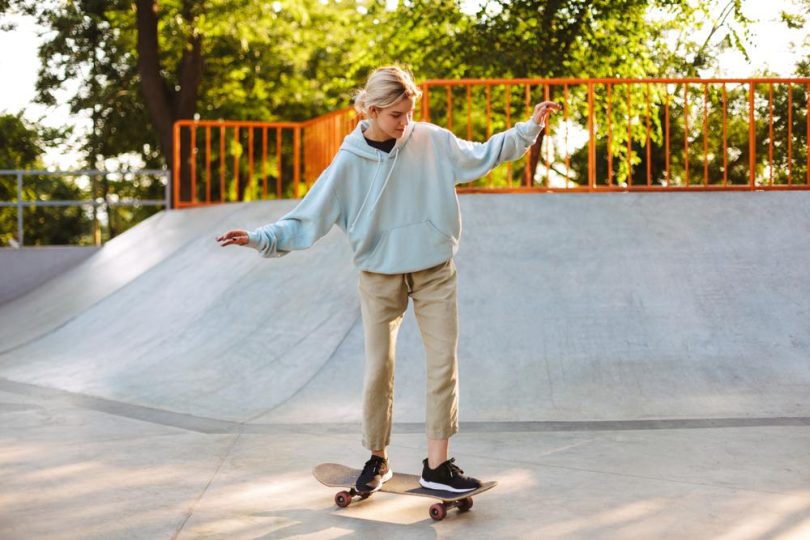
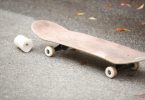
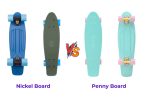
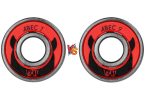
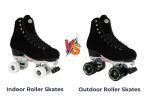
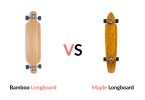
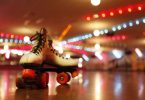

Leave a Comment